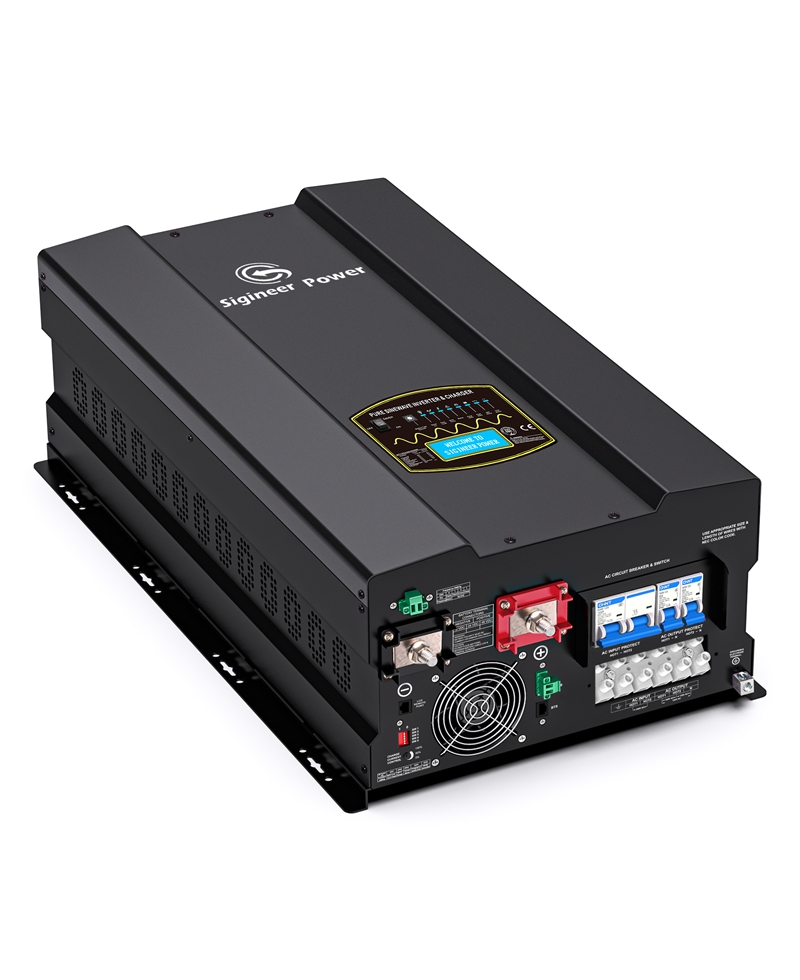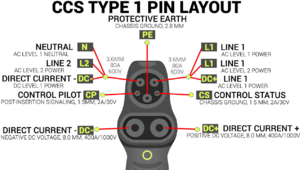JoeMartinMVC
New Member
- Joined
- Aug 5, 2021
- Messages
- 22
All right, so I’ve got a dumb thing I’m trying to do, and trying to not blow things up in the process.
Current setup:
Sigineer 15kw 48V Inverter

 www.sigineer.com
www.sigineer.com
Hooked to 48v Tesla battery packs.
~11kwh of solar panels
However I live in Florida where sometimes it rains for a week.
I’m still grid tied, but primarily use battery power, and I have access to reduced electricity costs during certain hours.
I’m wanting to use an EVSE to charge my batteries on occasion to prevent swapping over to the grid whenever my batteries get too low.
I tried connecting this SUSUTOO J1772 adapter to the EVSE, then a danger plug from the adapter to the Sigineer AC input, but when the Sigineer went to ramp up itd surge and cause the EVSE to give a GFI error, or straight up trip the 60 amp breaker it’s on.
Has anyone done something similar and can give some advice? Or does anyone know how much power the Sigineer is trying to pull whenever it begins trying to pull power from the charger? I have the charging input potentiometer dialed all the way down, but no way to measure what it’s trying to pull.
Current setup:
Sigineer 15kw 48V Inverter

15000 Watt Inverter Charger Pure Sine Wave Power 48v to 120/240V for Off Grid Solar System
15000 Watt Inverter outputs 15KW Pure sine wave power from 48v to 120/240V 110/ 220V, 115/230V. Power inverter for home with solar system.
Hooked to 48v Tesla battery packs.
~11kwh of solar panels
However I live in Florida where sometimes it rains for a week.
I’m still grid tied, but primarily use battery power, and I have access to reduced electricity costs during certain hours.
I’m wanting to use an EVSE to charge my batteries on occasion to prevent swapping over to the grid whenever my batteries get too low.
I tried connecting this SUSUTOO J1772 adapter to the EVSE, then a danger plug from the adapter to the Sigineer AC input, but when the Sigineer went to ramp up itd surge and cause the EVSE to give a GFI error, or straight up trip the 60 amp breaker it’s on.
Has anyone done something similar and can give some advice? Or does anyone know how much power the Sigineer is trying to pull whenever it begins trying to pull power from the charger? I have the charging input potentiometer dialed all the way down, but no way to measure what it’s trying to pull.





